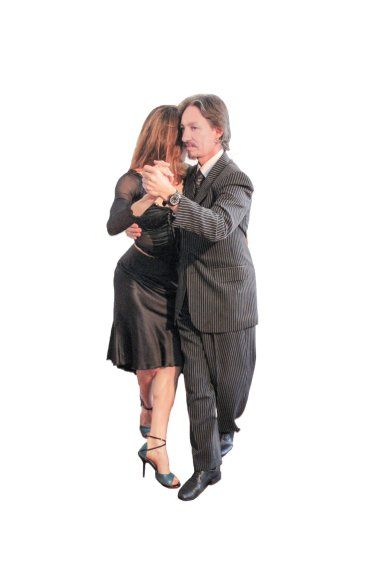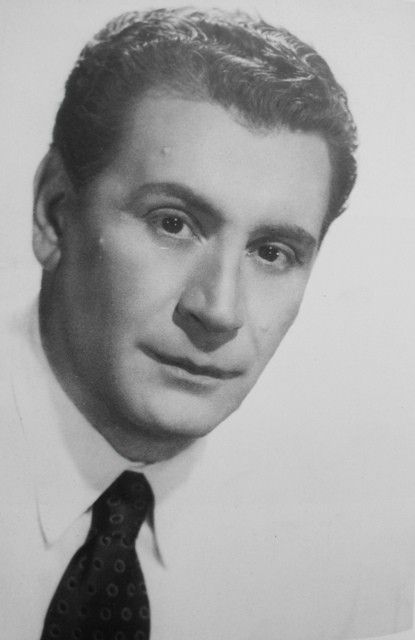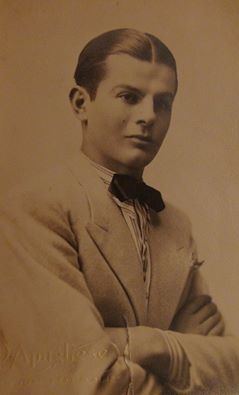How to Tango
 1– Let Tango call you, seduce you, charm you, bewitch you.
1– Let Tango call you, seduce you, charm you, bewitch you.
“Tango you are an enchanter
of those who listen to your sounds.
Tango you attract hearts,
with your sweet songs
and your bandoneons.”
2– Tango is embodied. You can see it. It is that person or that couple dancing, which lets you know -intuitively, but nevertheless as undoubtedly real to you as objective empirical knowledge- what Tango is.
You want to Tango because you want to be different from yourself. You know that you have not fully expressed all your capabilities. You have been exhausting yourself in many cul de sacs of life, never reaching a sense of self-approval with your achievements, never being satisfied with the recognition you receive from others: your boss, your colleagues, your friends or family.
When you see Tango, you can see it, you get a strong sensation of knowing what you could be.
You realize that it is not anything on the surface. It is in the deepest knots of your web of existence that Tango has to be rooted.
You must learn Tango from whom presented it to you. You must ask to that person or that couple who made you become electrified, amazed you and made you feel that you must dance Tango, to teach you, or to recommend to you someone from whom you need to learn it. Tango is not a commodity. You cannot get Tango like gas from a gas station. You do not look for an advertisement for tango lessons and go to the one that is closest to your home, the most convenient or the cheapest.
Néstor La Vitola & Mónica Paz dancing at Cachirulo milonga, October 2007.
3– Tango defies you, challenges you, faces you, shouts at you, demands from you, puts you through pain. Take it all. Be ready to feel uncomfortable, to have pointed out to you what you do not like about yourself and maybe always tried to ignore and hide. It will all float to the surface of Tango and you will need to deal with it face to face. Continue reading at Medium.com.


 After the mid-thirties, international music prevailed upon Tango to such an extent that our more traditional tango orchestras included foxtrots, polkas, corridos, pasodoble, congas, and rhumbas in its repertoire.
After the mid-thirties, international music prevailed upon Tango to such an extent that our more traditional tango orchestras included foxtrots, polkas, corridos, pasodoble, congas, and rhumbas in its repertoire.




